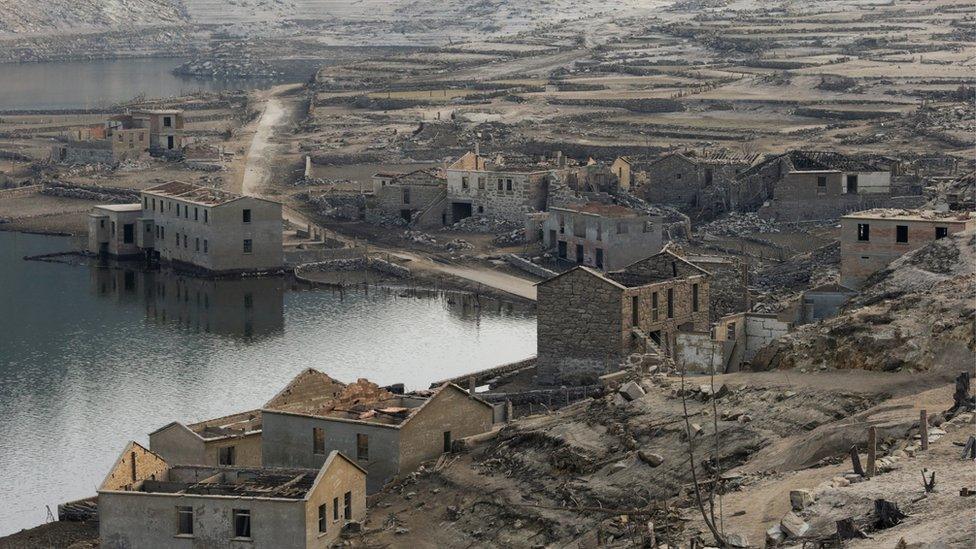Hosepipe ban: Thames Water ban starts
- Published
- comments
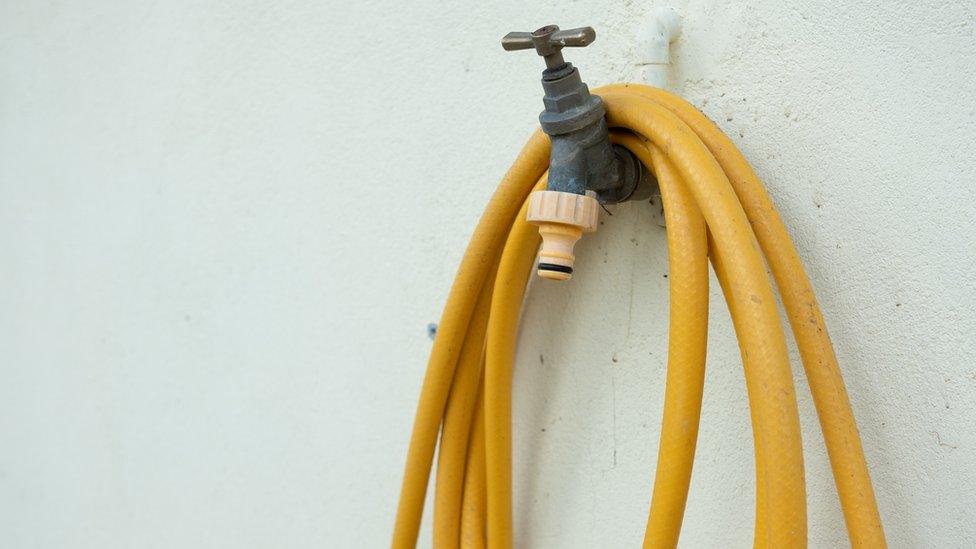
A hosepipe ban by Thames Water begins today, affecting 10 million customers across the Thames Valley and London.
There are also bans across the UK including Kent and Sussex, Hampshire and the Isle of Wight and the Isle of Man, Cornwall and Devon, and Pembrokeshire and Carmarthenshire in Wales.
The restrictions on water use have been brought in in some areas after a lack of rainfall and extreme temperatures.
Yorkshire Water also plan a hosepipe ban from 26 August - it will be the first hosepipe ban there in 27 years.
The UK experienced heatwaves and dry weather this summer with the Met Office issuing an amber extreme heat warning for much of England.
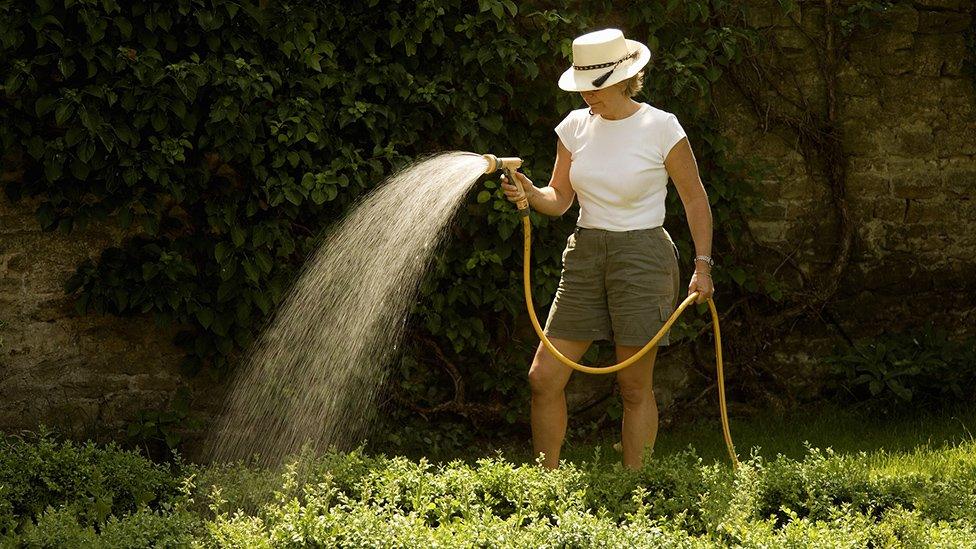
People will not be allowed to use hosepipes to water plants during the temporary ban
Read on to find out more about what these water restrictions mean.
What is a hosepipe ban?

People can use watering cans to water plants instead of a hosepipe
There are a number of things you can't use a hosepipe for during a ban including:
Cleaning cars or bikes
Watering plants
Filling up a pond which doesn't have fish
People can still use a watering can to water plants and a bucket with water to wash the car. Some people are also allowed to use one if it is for exceptional circumstances.
People can be fined depending on where they live if they break the rules.
Why have the bans been brought in?
WATCH: Top tips to save water (2019)
The bans are being brought in to try to save water at a time when there has been less rainfall than expected.
The period between January and June this year was the driest in England since 1976, according to the Met Office.
Reservoirs are also at very low levels which could affect people's water supply if action isn't taken.
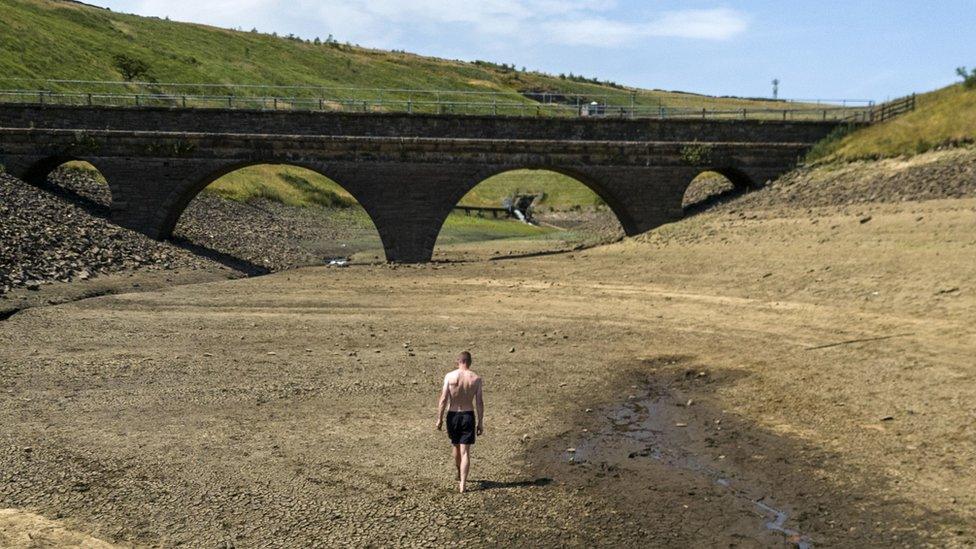
Reservoirs collect and store water during times of high rainfall and are usually formed by a dam built across a river.
The man-made lakes supply water to homes and business and are also used for hydropower or flood protection.
One of the reasons hosepipe bans can be brought in is when reservoirs have low levels of water.
- Published6 July 2022
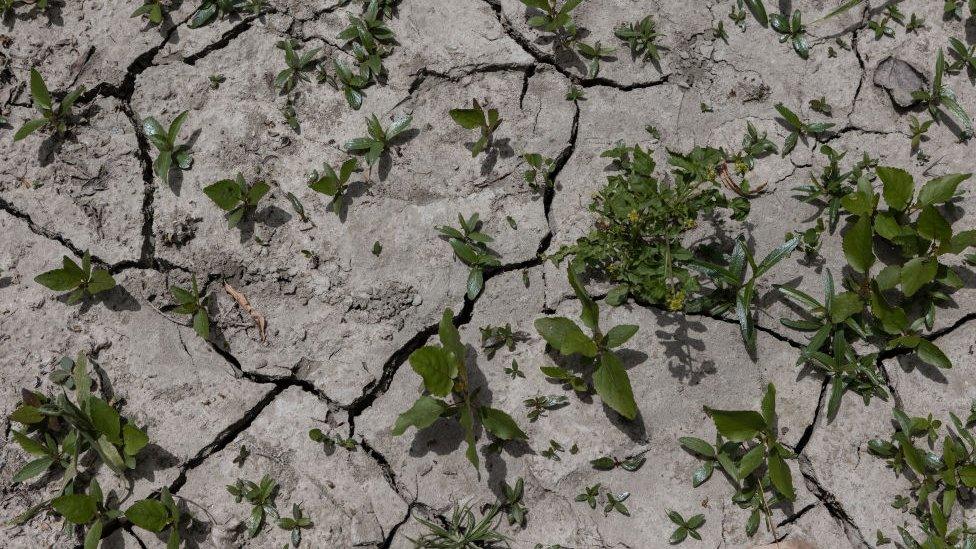
- Published15 February 2022
